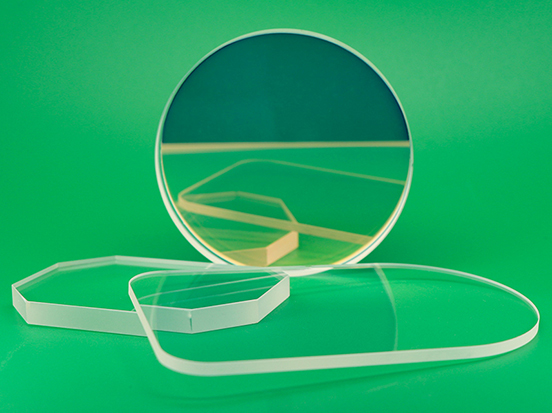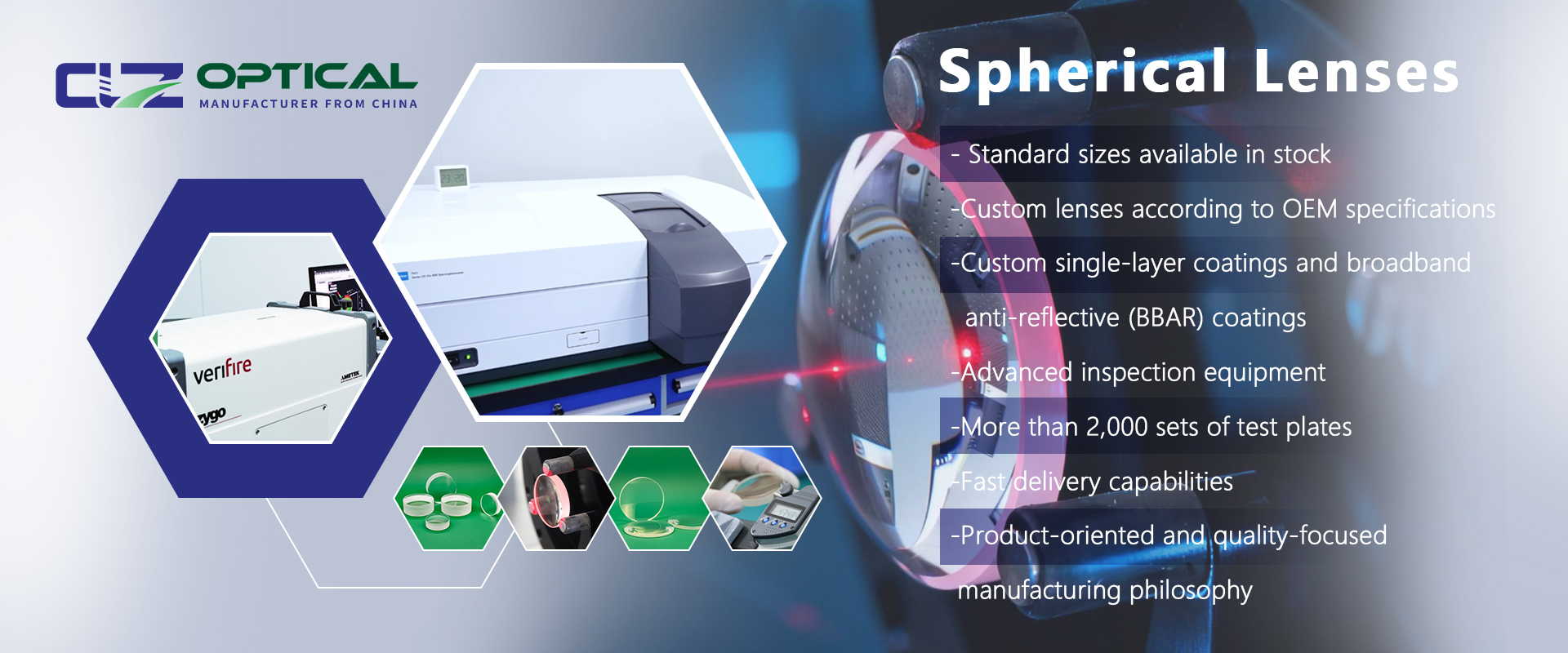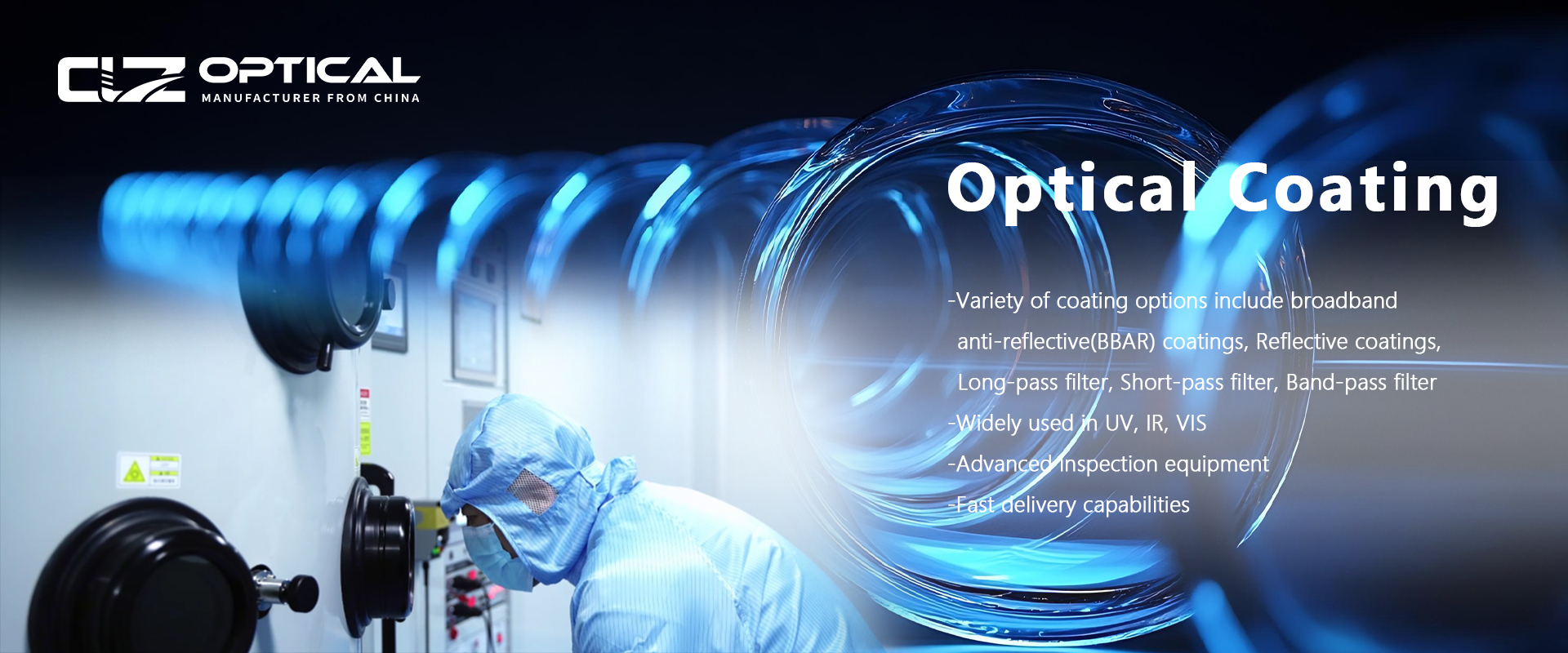How to Customize OEM Optical Windows for Special Applications
May. 11, 2025
How to Customize OEM Optical Windows for Special Applications
Optical windows are essential components in a wide variety of optical systems, acting as protective barriers while allowing light to pass through with minimal distortion. While standard sizes and materials are suitable for many uses, special applications in industries such as aerospace, medical imaging, laser systems, and spectroscopy often require customized OEM optical windows. This article explores how to customize these components to meet the unique demands of different optical environments.

Why Customize OEM Optical Windows?
Standard optical windows may not offer the precise performance or durability required for specialized systems. Customizing OEM optical windows ensures that they match the specific operational environment, optical path, and performance expectations of your application.
Key customization factors include:
Material type
Coating specifications
Shape and dimensions
Surface quality and flatness
Environmental resistance
Key Customization Options for Optical Windows
Material Selection
Different materials suit different spectral ranges and environments. Common options include:
Fused Silica (UV to IR applications, high thermal stability)
BK7 Glass (visible spectrum, economical choice)
Sapphire (extreme durability, chemical and scratch resistance)
Quartz (UV transparency and high resistance)
Anti-Reflective and Specialty Coatings
Coatings reduce surface reflections and enhance transmission. Options include:
MgF2 (Magnesium Fluoride) for broadband anti-reflection
ITO Coatings for conductive surfaces
Laser Damage Resistant Coatings
UV or IR Enhanced Coatings
Custom Shapes and Sizes
Optical windows can be customized in:
Circular, square, or rectangular shapes
Large-diameter or ultra-thin profiles
Special edge treatments (beveling, chamfering, or custom polishing)
Surface Quality and Flatness
High-precision optical systems require specific surface flatness (e.g., λ/10, λ/20) and surface quality (e.g., 20-10, 10-5 scratch-dig) to ensure minimal distortion and reflection.
Environmental Resistance Features
In harsh or high-risk environments (aerospace, medical, underwater), custom windows may need:
Hard coatings
Chemical-resistant surfaces
Hermetic sealing
Shock and vibration resilience
Industries That Benefit from Custom OEM Optical Windows
Aerospace and Defense
Medical Imaging and Diagnostics
Laser Cutting and Marking
Spectroscopy and Metrology
AR/VR and Display Technologies
How to Work with an OEM Optical Window Supplier
When ordering custom optical windows:
Provide detailed technical drawings or CAD files
Specify material, coating type, size, and tolerances
Discuss operating environment conditions
Request prototype samples for validation
Confirm compliance standards (e.g., MIL-PRF, ISO, ROHS)
A reliable OEM optics supplier will offer engineering support and quality inspection to ensure each custom window meets strict application requirements.
Conclusion
Customizing OEM optical windows allows industries to achieve precise optical performance in specialized applications. By carefully selecting the right materials, coatings, surface specs, and environmental protections, your optical system will deliver consistent and reliable results. Partnering with an experienced custom optics manufacturer ensures seamless design, prototyping, and production for your unique application.





















